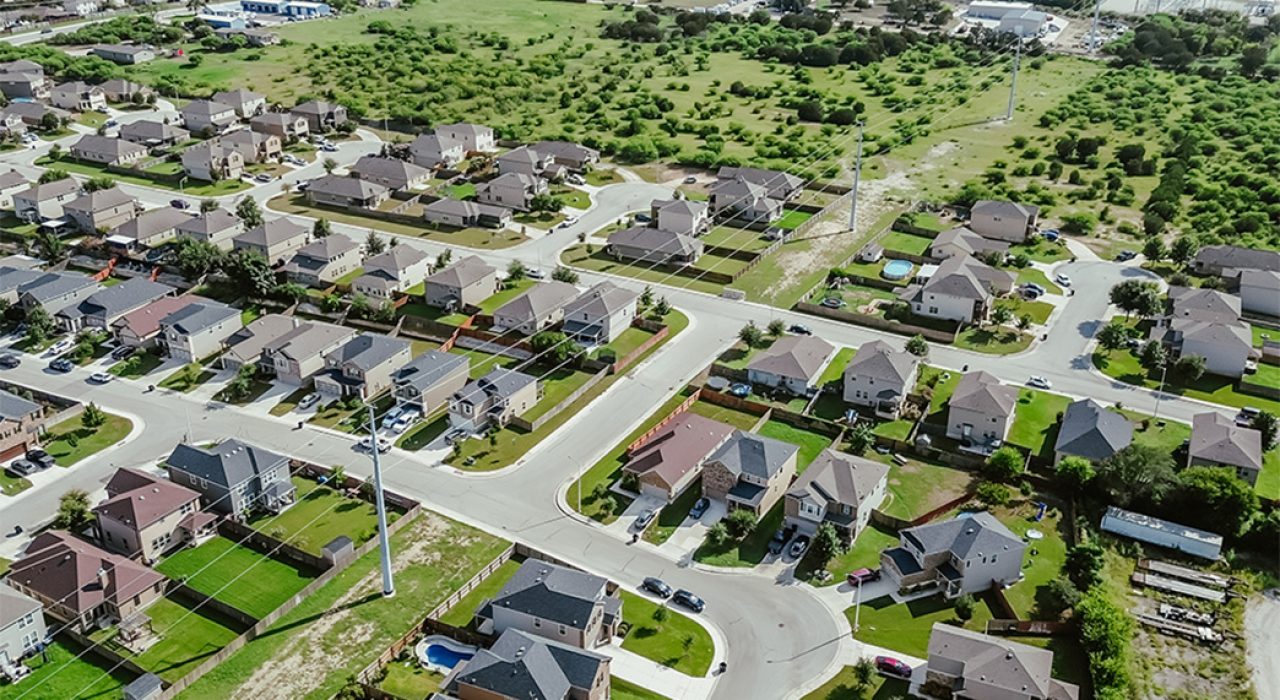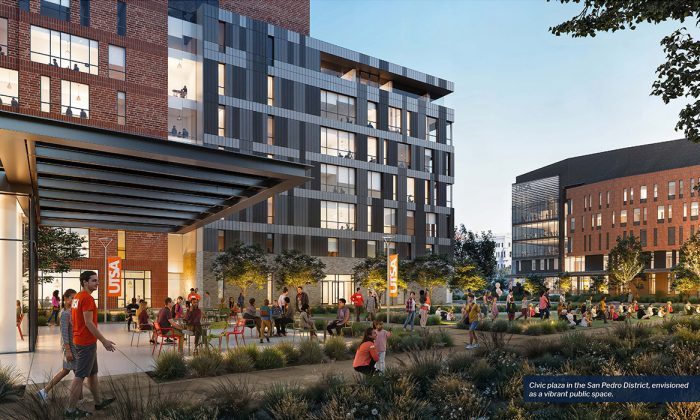New population projections released by the Texas Demographic Center at The University of Texas at San Antonio confirm that the state’s growth is shifting dramatically, becoming increasingly reliant on migration as the population ages and the fertility rate sinks.
On Oct. 22, Helen You, PhD, associate director and senior demographer at the center, presented the latest report, the “Vintage 2024 Population Projections,” with data that state officials and policymakers rely on for planning. The report projects population growth in several scenarios, ranging from low to high rates of migration into the state.
In the “mid-migration scenario,” which You recommends for most planning purposes, the team projects that the Texas population will grow from 31.2 million in 2024 to 42.6 million in 2060.
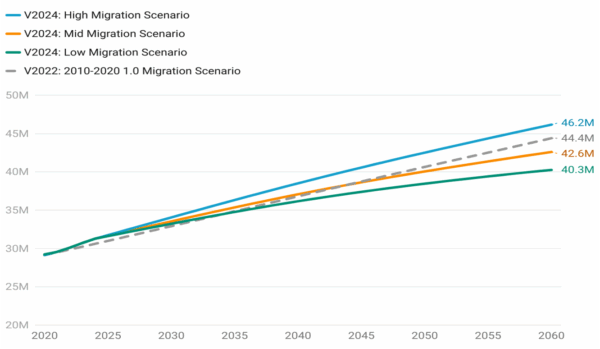
You noted that the new projections are slightly lower than previous estimates, a change mostly attributed to a faster-than-anticipated decline in fertility. This means the state is reaching a critical inflection point where migration becomes the key to sustaining growth.
“More and more, Texas growth will depend on the level of migration,” You said. “Migration will be the major driver of either growth or decline in the future.”
While the fertility rate in Texas is slightly higher than the national average, it has fallen short of the replacement rate.
“The fertility rate has been on the decline since 2007 and has been below the replacement rate since 2011,” You said. “That means that if there was no in-migration, the population would be steadily shrinking.”
The fertility rate for Texas was 1.78 in 2020, according to the National Center for Health Statistics. A rate of 2.1, or slightly more than two children per woman, is needed to keep a population size stable.
You and her team expect the fertility rate to stabilize, “but there’s no way to know for sure,” she added.
The two faces of Texas growth
The projections highlight a growing divide in the places where Texans are choosing to live, a phenomenon You described as “two stories unfolding in Texas” — the Texas triangle and a rural exodus.
Texas Triangle sprawl: Growth continues to be heavily concentrated in the Dallas-Fort Worth, Houston, Austin and San Antonio metropolitan regions. The core cities have reached a saturation point and growth is now “overflowing” into surrounding suburban and exurban counties. This trend has made these “ring counties” the fastest-growing in the state.
Rural exodus: In contrast, areas like West Texas are seeing a loss of population in many rural counties. The little growth that occurs is strictly focused on metropolitan centers.
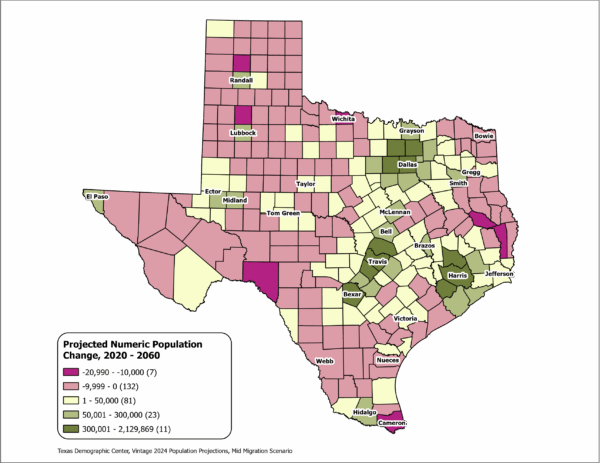
These regional shifts are coupled with dramatic aging of the state. The data show that the 65-and-over demographic is the fastest-growing age group in Texas.
While the state is already classified as an “aging society,” the projections show it is barreling toward an “ultra-aged society” by 2060, when 22% of all Texans will be 65 or older.
Changing demographics
The demographic landscape is also projected to continue diversifying. The non-Hispanic white population is the only race/ethnic group projected to decline. Hispanics will continue to be the largest race/ethnic group and will see the most significant numerical growth.
Meanwhile, non-Hispanic Asians, while having a smaller population base, are projected to be the fastest-growing group in terms of percentage rate.
“The Asian population is a smaller group, so a small number of newcomers can make a significant difference percentagewise, whereas the Hispanic population is expected to see the most growth, driven by both migration and higher birth rates,” You said.
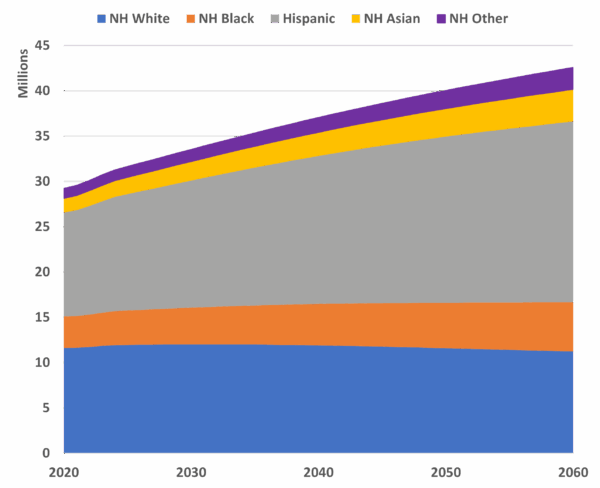
Impact of an undercount
Biennial population projections have a tangible effect on the lives of Texans, You said. The data is used for state-level planning for infrastructure, housing, water and transportation.
You noted that the projections also underscore the lasting financial and political consequences of the undercount in the 2020 Census, which is estimated to have missed 1.92% of Texas residents.
“We may have lost the political representation we deserve because of that undercount,” You said, referring to the loss of one projected congressional seat. “It also impacts funding — a lot of federal and state funding is based on population size, so if you are undercounted, you are underfunded.”
